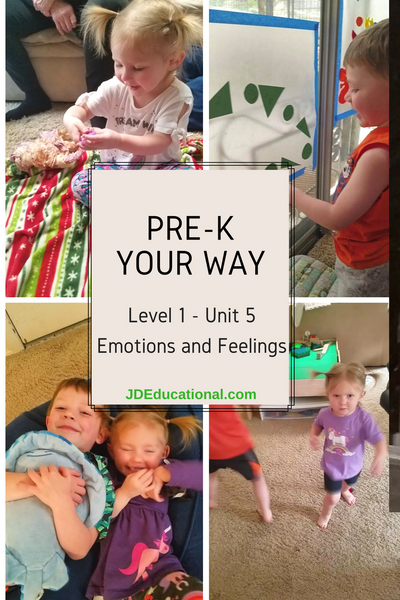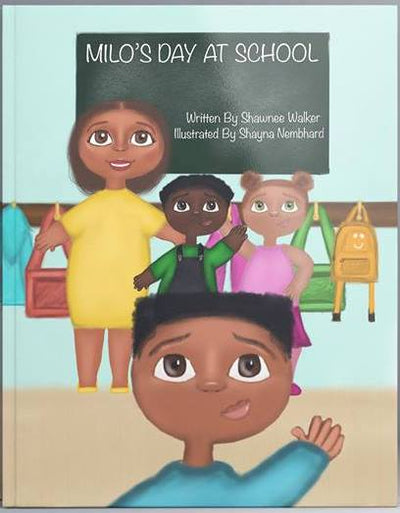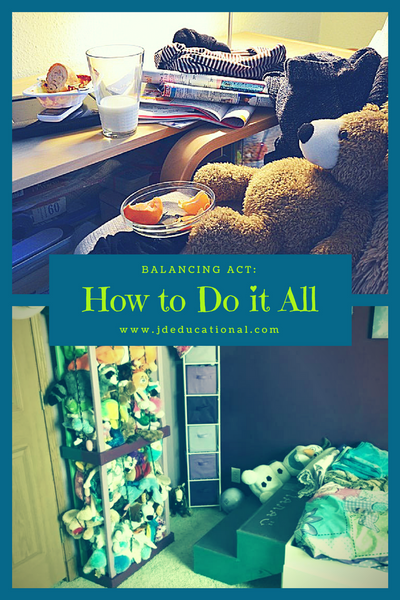Written by: Julie Polanco, Homeschooling mom of four.

I have four children with special needs. The two oldest live with ADHD and learning disabilities and the two youngest live with Asperger’s or Aspie traits. As one might imagine, ADHD poses different challenges than Asperger’s, although there is some overlap. And, my youngest son, (who technically hasn’t been diagnosed as Aspie), posed the greatest challenges of all of them when it came to emotions.
Understanding their feelings and how I should respond was always a challenge.
When my oldest daughter didn’t get what she wanted, she stomped around or threw herself on the floor, screaming, “I hate you! I hate you!” I had read somewhere that it’s best not to feed the fire and so, I calmly said, “Well, I still love you.” Then, I would walk away and let her scream. I never gave in.

My oldest son wasn’t so dramatic, but he would slam doors, punch his pillow, or growl at me. My younger daughter, my diagnosed Aspie, didn’t display a wide range of emotion and tended to keep repeating herself until she just turned red and cried alone in her room.
My youngest son, well, let’s just say that he was the only one who bit people. He was the only one who broke chairs, tore his room apart one toy at a time, and put his fist through the wall. This boy was the only one that forced me to hide in the bathroom while he pummeled the door, growling and screaming.

While participation in a behavior program called “How Does My Engine Run?” helped him somewhat, he still struggled with managing certain emotions. I didn’t know that the program dealt only with his sensory processing issues. And, I didn’t know that his meltdowns could sometimes have non-sensory causes. The therapists were supposed to educate me on the program, but that never happened.
They gave me a list of sensory-based helps and a shoebox full of items. These were items that my son claimed helped him feel more alert and helped him calm down when he felt overwhelmed.
But, I did not receive any guidance as to how to use these items or more importantly, how to detect when to use them. In addition, my son grew annoyed with me constantly asking him about his “engine.” And, he found the box, ate all the “sensory” foods, and used the small toys to build little machines of his own ideas. So much for that.
He did learn how to manage sensory overload. The cacophony of busy museums and packed theaters drove him crazy. He used to either run out of the building or curl up in a heap, screaming, and covering his ears. I think the program helped him recognize and voice his discomfort better and he helped me learn how to help him. But, the meltdowns I described above weren’t caused by auditory sensory overload.

Mostly, they were caused by difficulties dealing with transitions, frustration, and disappointment. For example, I knew that he disliked riding in the car to too many places. One time, I told him that we were only going to two places. But, one of the places didn’t have what I needed, so I ended up going to three places. He held it together, but grumbled. Then, when we got home, he got back to his project. He seemed to be doing fine. But, just as he finished it, one of the pieces fell off and the whole thing came apart. He growled and threw the project across the room. Then, he stomped upstairs and slammed the door. I thought to myself, Oh, no, here we go. And, I was right. I braced myself for what was coming. He came back down, pulled the tablecloth off the table and threw the chairs to the ground. I said to him, my heart pounding loudly in my chest, my voice monotone,
“I know you’re angry and frustrated, but you cannot destroy property. Have a snack and go do something else for a while. You’ll feel better.”
He glared at me, snorting and growling, the tears flowing down his face. He spewed some insults and stomped back upstairs. I held my breath and let it out slowly, waiting to see if he would come back down.
Perhaps if Soothing Sammy were available when he was smaller, he would’ve learned how to deal with transitions and frustrations better. I certainly would’ve benefited from some parental instruction.

Now, I have to do a lot of detective work with a child on the cusp of puberty. We are growing and learning together, but I wish I had known more far earlier and with much less expense.
Even if we could afford therapy, therapy only works if the child cooperates. Soothing Sammy makes it fun and easy for a child to not only cooperate with the learning, but remember what to do.
Learn More about Soothing Sammy Here!
About the Author: Julie Polanco is a 17-year veteran homeschooling mom of four special needs kids, two of whom have graduated. She is an author, speaker, and instructor who has been featured in numerous publications and blogs. You can learn more about her at www.julienaturally.com










